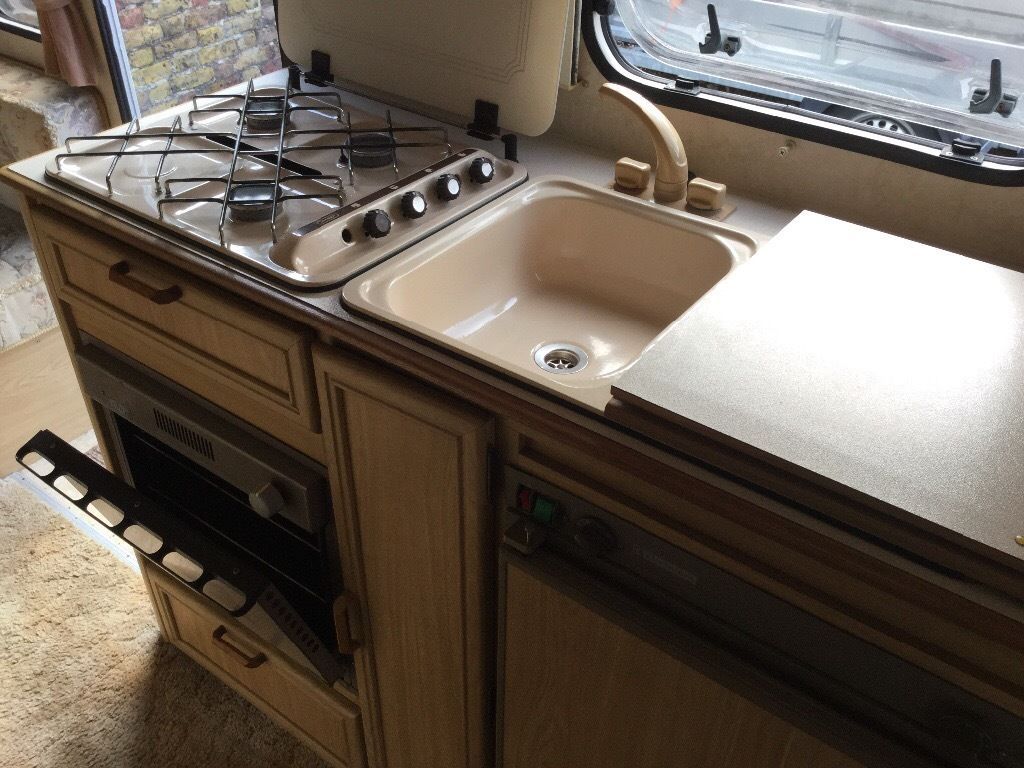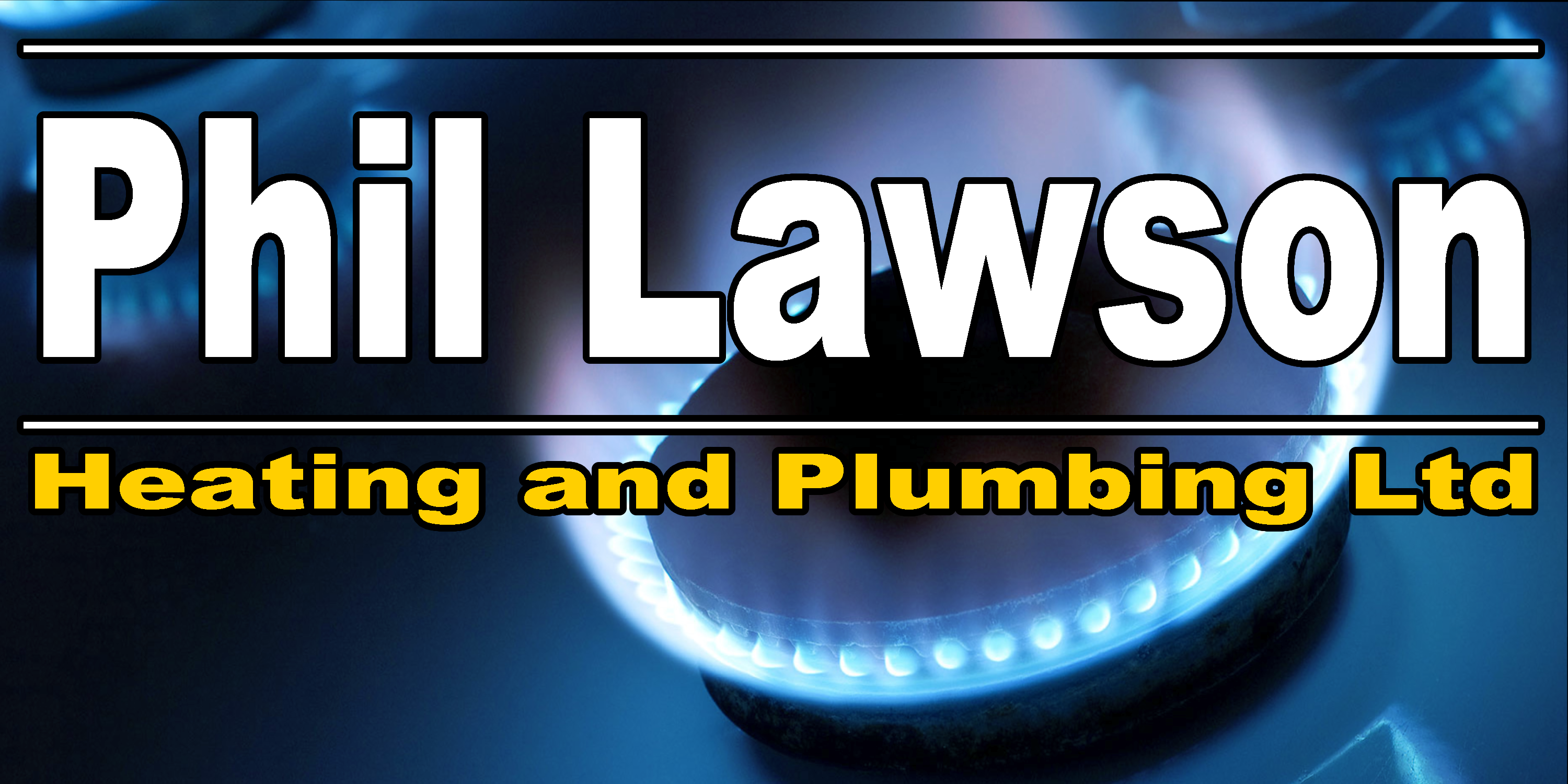
Static Homes & Caravans Gas Safe
Today’s Static Homes, Caravans and recreational vehicles come in all shapes, sizes and levels of comfort. One thing they have in common is that they are restricted spaces where people spend time relaxing, cooking, eating and sleeping. Most also use liquefied petroleum gas (LPG) for cooking, heating and in many instances refrigeration, which means it is vital to check the safety and integrity of the vehicle’s gas systems.
Installation and maintenance of LPG appliances and connections in caravans, static home and recreational vehicles
must be done by a Gas Safe Registered gasfitter.
There are certain things owners can do in relation to LPG systems in their caravans or recreational vehicles as part of checking and preparing them for use, including:
- Check that the gas fitting line is sound and free of damage
- Make sure flexible hose assemblies are in good working order
- Ensure all warning labels are legible
- Check the gas cylinder compartment, which must house only the cylinder(s) and their associated equipment
- Have appliances serviced by a licensed gasfitter, including checked for carbon monoxide entering the cabin, known as “spillage”
- Ensure that all vents are free of obstruction and clean to enable adequate air supply is available inside – there should be at least two ventilation openings.
Installation of LPG appliances must be in accordance with Gas Safe Regulations and all work must comply with the relevant standard and have a compliance certificate issued
where required.
It is also important to have an appropriately qualified person check the vehicle for carbon monoxide
There are certain things owners can do in relation to LPG systems in their caravans or recreational vehicles as part of checking and preparing them for use, including:
- Check that the gas fitting line is sound and free of damage
- Make sure flexible hose assemblies are in good working order
- Ensure all warning labels are legible
- Check the gas cylinder compartment, which must house only the cylinder(s) and their associated equipment
- Have appliances serviced by a licensed gasfitter, including checked for carbon monoxide entering the cabin, known as “spillage”
- Ensure that all vents are free of obstruction and clean to enable adequate air supply is available inside – there should be at least two ventilation openings.

